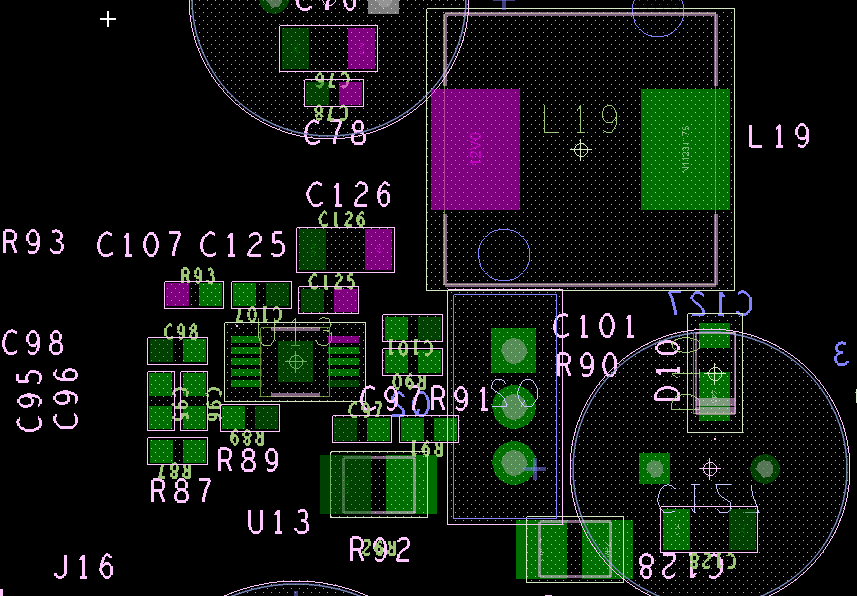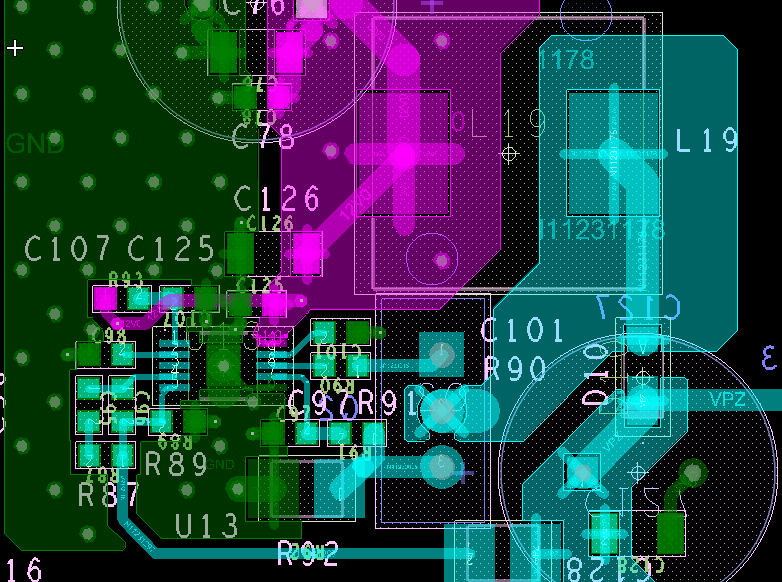Other Parts Discussed in Thread: TINA-TI
Hello All,
My design parameters are as below.
Input voltage = 12V
Output voltage = 92V
Output Current = 0.1A
Below is the WEBENCH design for TPS40210 that I got from WEBENCH Designer Tool.
My hardware design is same as WEBENCH design except below components.
Cin = 10uF
Cbyp = 100nF
M1 = IPP530N15N3 G
D1 = RR2L4STE25
Cout = 47uF
Coutx = 100nF
But It is not working.
My output voltage is continuous varying between 15V to 23V instead of stable 92V.
Vout is switched using NPN ransistor through 5K resistor. But currently it is off. So, vout is currently at no load.
I tried to simulate the design in TINA-TI. but I found operating point error.
I do not know how to solve it.
Below is the TINA-TI Design file.
Kindly help me to solve below problem.
what is wrong in TINA-TI design simulation.
why I do not get 92 stable voltage?
Regards,
Jigar Patel










